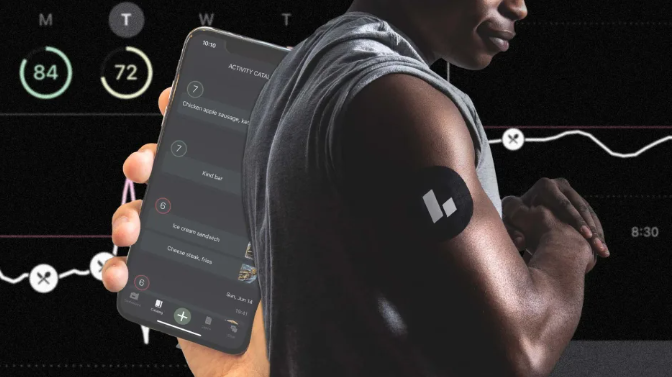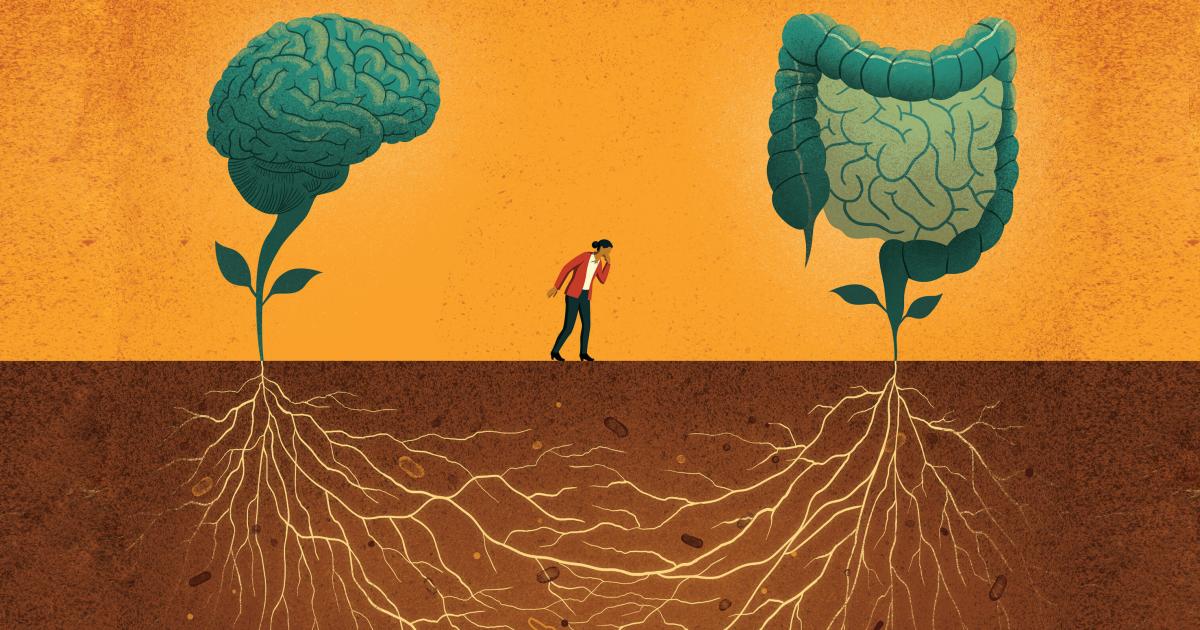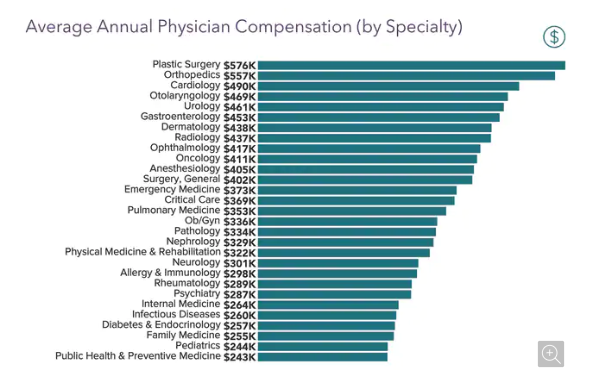Type 1 diabetes is not one but two distinct conditions, defined by diagnosis age was published by the University of Exeter, 16 March 2020.
 Children who are diagnosed with type 1 diabetes under the age of seven have a different form (or “endotype”) of the condition compared with those diagnosed aged 13 or above, new research has shown.
Children who are diagnosed with type 1 diabetes under the age of seven have a different form (or “endotype”) of the condition compared with those diagnosed aged 13 or above, new research has shown.
The new study, conducted at the University of Exeter, is published today in Diabetologia – the journal of the European Association for the Study of Diabetes [EASD]. The research, funded by Diabetes UK and JDRF, shows for the first time that children who were diagnosed under 7 years old do not process insulin properly and the cells that make it are quickly destroyed. Surprisingly, those who are older at diagnosis (aged 13 or over) often continue to produce normal insulin; findings that reignite important questions about whether these “dormant” insulin-producing cells could be reinvigorated to work more effectively.
In their paper, the Exeter team has suggested new names for the two distinct endotypes: Type 1 Diabetes Endotype 1 (T1DE1) for that diagnosed in the youngest children, and Type 1 Diabetes Endotype 2 (T1DE2) for those who are older at diagnosis.
Professor Noel Morgan, of the University of Exeter Medical School, said “We’re extremely excited to find evidence that type 1 diabetes is two separate conditions: T1DE1 and T1DE 2. The significance of this could be enormous in helping us to understand what causes the illness, and in unlocking avenues to prevent future generations of children from getting type 1 diabetes. It might also lead to new treatments if we can find ways to reactivate dormant insulin-producing cells in the older age group. This would be a significant step towards the holy grail to find a cure for some people.”
The paper proposes that children diagnosed between the ages of seven and 12 could fall into either the T1DE 1 or T1DE2 group. The research team is now working on more precise ways to define which type of diabetes such children have by studying the small amounts of insulin released into their blood.
Read more: Type 1 diabetes is not one but two distinct conditions, defined by diagnosis age
Resetting Your Gut Could Lower Your Glucose Levels was written by Matthew Garza for diaTribe.org, 18 April 2022.
 Fractyl Health has developed a new technology called duodenal mucosal resurfacing, which can “reset” your gut, leading to improvements in glucose levels and weight and a reduction in medications. Learn more about this technology and its performance in current clinical trials.
Fractyl Health has developed a new technology called duodenal mucosal resurfacing, which can “reset” your gut, leading to improvements in glucose levels and weight and a reduction in medications. Learn more about this technology and its performance in current clinical trials.
As a part of the digestive system, the gut is one of the largest and most important collections of organs in our bodies and it impacts many different aspects of our health. Years of eating foods high in fat and sugar can lead to buildup and a thickening in the lining of a portion of the gut called the duodenum which comes right after the stomach.
Researchers started to wonder: What if you could reset this part of your gut back to its original healthy function? If you could erase the effects of all this built-up damage, could you reverse some of the harmful effects that result from the damage?
Fractyl Health has pioneered a procedure that seems to do just that, called Revita DMR (DMR stands for duodenal mucosal resurfacing).
The DMR procedure is designed to target the duodenum, a portion of the small intestine in your gut. As the body digests food, it travels to the duodenum immediately after passing through the stomach. “The gut itself is a key regulator of metabolism,” White explained. Metabolism is how your body breaks down food and uses it for energy.
The duodenum is particularly important because it sends signals to the organs that have effects on blood sugar and body weight. According to Dr. Juan Carlos Lopez-Talavera, Fractyl’s chief medical officer, research has shown that over time, unhealthy diets high in fats and sugar can lead to this section of your gut having a thickened lining which negatively affects your metabolism. This causes the duodenum to become highly active and over-sensitive
Read more: Resetting Your Gut Could Lower Your Glucose Levels
This former SpaceX engineer wants to prevent you from getting diabetes was published by Ruth Reader for FastCompany.com, 20 April 2022.
 Josh Clemente’s Levels just raised another $38 million to fight metabolic health—and stave off the $327 billion spent annually on the effects of diabetes. Clemente’s epiphany led him to start Levels, one of several startups that have emerged to bring continuous glucose monitoring to people who are not diabetic but either are prediabetic or concerned that their lifestyle puts them at risk. What’s notable is that these companies aren’t reinventing the CGM itself—those are still made by the pharmaceutical companies Abbott and Dexcom—but rather giving the Silicon Valley treatment to this clunky piece of medical equipment and its stream of glucose data. Levels (as well as rivals such as Supersapiens, January AI, Signos, and NutriSense) add a sleek app with crisp charts and health scores, as well as a recurring-revenue business model, to educate otherwise healthy people and help them get a handle on their diet and lifestyle before they become diabetic.
Josh Clemente’s Levels just raised another $38 million to fight metabolic health—and stave off the $327 billion spent annually on the effects of diabetes. Clemente’s epiphany led him to start Levels, one of several startups that have emerged to bring continuous glucose monitoring to people who are not diabetic but either are prediabetic or concerned that their lifestyle puts them at risk. What’s notable is that these companies aren’t reinventing the CGM itself—those are still made by the pharmaceutical companies Abbott and Dexcom—but rather giving the Silicon Valley treatment to this clunky piece of medical equipment and its stream of glucose data. Levels (as well as rivals such as Supersapiens, January AI, Signos, and NutriSense) add a sleek app with crisp charts and health scores, as well as a recurring-revenue business model, to educate otherwise healthy people and help them get a handle on their diet and lifestyle before they become diabetic.
Levels appears to have the most momentum. Some 24,000 users have flowed through the platform since it opened up its private beta in January 2021.
Clemente came to the idea for Levels while he was working as an engineer at SpaceX, a job he secured by building out his senior engineering thesis: an all-terrain rescue dune buggy with four-wheel steering. In 2016, he was working on an oxygen breathing system (which would ultimately be used when SpaceX sent the first commercial crew of astronauts into orbit in 2021), which led him to some research on oxygen toxicity. He learned, from several studies by a researcher in South Florida, that mice in ketosis, whose bodies were burning fat instead of carbohydrates, were able to stave off oxygen toxicity five times longer.
He had always believed that all calories were equal and that nutrition didn’t have a meaningful bearing on how humans exist. “This was the first time I had seen something that said actually just a simple change in where those units of energy are coming from completely changes the physiologic nature of this creature,” Clemente said on an early episode of his company’s podcast, A Whole New Level, an audio chronicle of Levels’ origins and development, which has an air of presumption about its future success.
Read more: This former SpaceX engineer wants to prevent you from getting diabetes
Your gut microbiome could be telling your brain when you are hungry was posted by Amy Barrett for ScienceFocus.com, 21 April 2022.
 Neurons in the brain that make us hungry can be turned off by a compound created by gut bacteria, researchers have found. This study suggests one possible answer – that bacteria in our gut can manipulate our feeding behavior by releasing fragments that act as a message to the hypothalamus, the area of the brain that makes us feel hungry. These fragments, called muropeptides, are part of the bacteria’s cell wall. If the bacteria are dying or growing, these pieces will break away and travel through our bloodstream.
Neurons in the brain that make us hungry can be turned off by a compound created by gut bacteria, researchers have found. This study suggests one possible answer – that bacteria in our gut can manipulate our feeding behavior by releasing fragments that act as a message to the hypothalamus, the area of the brain that makes us feel hungry. These fragments, called muropeptides, are part of the bacteria’s cell wall. If the bacteria are dying or growing, these pieces will break away and travel through our bloodstream.
“The hypothalamus is the brain center for controlling hunger, thirst, body temperature, hormone release, among many things,” said Prof Gerard Eberl, one of the co-authors of the new study, at the French National Institute of Health and Medical Research.
“It could be that this is a way for the gut bacteria to tell the brain: ‘stop eating that stuff, it makes us die’ or ‘it makes this bad bug proliferate over us’. My interpretation, however, is that these bacterial fragments reaching the brain is an indication that bacteria are growing or dying excessively in the gut, which is a health risk for the gut, for the individual [and thus for the bacteria living there],” said Eberl. “So, then the brain can make an association between this risk and that food, and give the order to eat less and make you feel full.”
Read more: Your gut microbiome could be telling your brain when you are hungry
The gut-brain axis: how it works and the role of nutrition was reported by Anna Gora for LiveScience.com, 13 April 2022. The gut-brain axis refers to the connection between your gut and your brain. Here’s how it works …
 Are you familiar with the gut-brain axis? If you’ve ever felt ‘butterflies’ at the sight of a loved one or lost your appetite when you’ve been stressed, you might be aware that your mind and stomach are connected. But the gut-brain axis is a real phenomenon, and this constant two-way communication, when out of sync, can trigger gut and other health-related issues.
Are you familiar with the gut-brain axis? If you’ve ever felt ‘butterflies’ at the sight of a loved one or lost your appetite when you’ve been stressed, you might be aware that your mind and stomach are connected. But the gut-brain axis is a real phenomenon, and this constant two-way communication, when out of sync, can trigger gut and other health-related issues.
By and large, the gut-brain axis is a communication system between the brain and the trillions of bacteria, fungi, and viruses living within your intestines. Multiple studies have shown that the composition of gut bacteria can have a profound impact on mental health and the functioning of the nervous system. A healthy diet plays a significant role in shaping this microbiome by promoting the growth of beneficial bacteria and stopping the accumulation of harmful ones. Nutrition can also influence the communication along the gut-brain axis, further affecting the links between the gastrointestinal tract and the nervous system.
The gut-brain axis refers to the constant flow of information between gut microbes and the central nervous system. This two-way communication involves multiple different pathways (including the microbiome, vagus nerve and neurotransmitters), as well as microbial metabolites such as short-chain fatty acids, branched-chain amino acids, and peptidoglycans. It’s a highly sophisticated network that can easily be disrupted by many different factors, such as environmental irritants, stress, antibiotics, and even the mode of birth delivery.
Read more: The gut-brain axis: how it works and the role of nutrition
Medscape Physician Compensation Report 2022: Incomes Gain, Pay Gaps Remain was published by MedScape.com by Leslie Kane, 15 April 2022.
 Last year was a welcome reprieve for many physicians; practices reopened, patients ventured out and elective procedures ramped up. Still, many physicians struggled with a tougher workload, having to see more patients, taking pay cuts, and having less staff to work with. Over 13,000 physicians in more than 29 specialties told us how their compensation fared, how they now feel about being physicians, how they’ve been supplementing their income, and how they’ve been paying for their own healthcare.
Last year was a welcome reprieve for many physicians; practices reopened, patients ventured out and elective procedures ramped up. Still, many physicians struggled with a tougher workload, having to see more patients, taking pay cuts, and having less staff to work with. Over 13,000 physicians in more than 29 specialties told us how their compensation fared, how they now feel about being physicians, how they’ve been supplementing their income, and how they’ve been paying for their own healthcare.
The highest-earning specialties are virtually unchanged this year from 5 years ago, in 2017. For employed physicians, these figures include salary, bonus, and profit-sharing contributions. For self-employed physicians, they include earnings after taxes and deductible business expenses before income tax. Only full-time salaries were included in our results. Out of 29 specialties, Diabetes & Endocrinology rank 4th from the bottom! Reasons? Maybe:
Out of 29 specialties, Diabetes & Endocrinology rank 4th from the bottom! Reasons? Maybe:
-
- Diabetes is a complicated disease and very different from patient to patient
- It takes a lot of time to analyze all the data we produce and develop a treatment plan
- Treatment plans vary between patients, over time and are affected by life issues (exercise, illness, stress, etc.)
- The psychosocial problems associated with living with T1D are vast and make the best control difficult
- Complications from long-term T1D and simply from the disease itself take even more time and involve multiple specialties.
Read more: Medscape Physician Compensation Report 2022
Team-based diabetes care is a winning approach was reported by Susan Cornell for Healio.com/endocrinology, 22 April 2022.
 The familiar adage that it takes a village to raise a child can be applied to diabetes management, care, and education.
The familiar adage that it takes a village to raise a child can be applied to diabetes management, care, and education.
It takes a team to manage and care for people with diabetes. Similar to sports teams, there are multiple players with various roles. Each health care team member brings their own unique set of skills, which when used appropriately, can complement the aptitudes of other team members. The patient is the key member of the team. The ultimate goal is to optimize the patient’s management, care and outcomes. Literature and guidelines support the use of a coordinated multi-discipline team.
A true diabetes care team will include physician assistants (PA), nurse practitioners (NP), pharmacists, nurses, dietitians, certified diabetes care and education specialists (CDCES), podiatrists, dentists, optometrists, ophthalmologists, audiologists, physical therapists (PT), behavioral health professionals, medical assistants and more.
Team-based care by a dedicated multidisciplinary group of health care providers that includes physicians and nonphysician professionals can truly make a difference in the management, care, and outcomes for people with diabetes. The clear winner, in this case, is the patient.
BUT WHERE CAN WE FIND THIS? AND … how can we know that all members of the team are top-notch?


Fascinating. Two types of T1D….maybe more? Gut-brain axis…Lots of great articles!